It's official: the Galaxy S8 is coming March 29, and with it, a shot at redemption.

That day can't come soon enough for the troubled company, which has endured a series of public relations fiascos over the past year. Samsung's de facto leader, Jay Y. Lee, is currently standing trial on charges of embezzlement and of bribing South Korea's embattled president. And, of course, there was the company's exploding Galaxy Note 7 scandal -- one of 2016's biggest tech stories. Given all of this, it's difficult to overstate the importance of the followup to its flagship Galaxy S7, released last March.
The multimillion-dollar question: will the Galaxy S8 have the goods to win back shoppers who bolted after the Note 7 debacle? We'll get at least a preliminary answer at the upcoming March 29 Unboxed event.
Like every phone maker, Samsung hasn't been able to keep the Galaxy S8's design under wraps, with more rumors and leaked pictures and videos emerging daily. And, as the big day draws closer, Samsung appears to be taking a more proactive position, opening up about what it has in store. We've assembled the most important news and rumors below.
What we know for sure
What's possible based on the rumors
It will have an AI assistant named Bixby
A rumor no longer, Samsung has now confirmed that Bixby, its new digital voice assistant, will debut on the upcoming Galaxy S8. With its own dedicated button located on the side of the phone, Bixby will take a different tack than other digital assistants, helping you control your phone in a way that combines touch and voice.
What we know about Bixby:
Hate it? Return it.
After last year's exploding Note 7 debacle, Samsung knows that it has some work to do in the consumer confidence department. According to The Investor, citing Korean outlet Chosun Biz, the company may offer Galaxy S8 buyers a three-month unconditional return policy. That would be considerably more generous than the industry average (two weeks) and would certainly give prospective buyers some additional reassurance.
Souped up cameras
According to SamMobile, citing Korean tech news site Naver, the Galaxy S8 may be capable of capturing video at 1,000 frames per second (fps). A 1,000fps video frame rate would make the Galaxy S8 the clear standard-bearer in this category; for comparison, that's more than eight times faster than the iPhone 7, which records slow-motion 1080p video at 120fps (and 720p video at 240fps). It would also surpass the Sony Xperia XZ Premium, which shoots slow-motion video at a max of 960fps.
The Naver report also suggests that the phone will have two front cameras, one for iris scanning and the other for selfies. This echoes an earlier report out of Korea, which pointed to two cameras on the back, just like with the iPhone 7 Plus, LG V20 and Huawei P9.
A rainbow of options (plus gold)
In the wake of last week's torrent of leaked photos and mockups purporting to show the Galaxy S8 adorned in a variety of color, this week delivers yet more images and more colors. Introducing: violet/eggplant!
Last week, TechDroider tweeted a picture that appeared to be the front plate of the Galaxy S8 in a variety of colors including black, white, blue, gold, and silver. And veteran leaker Evan Blass has given what may be the official names of three of those colors: Black Sky, Orchid Grey, and Arctic Silver.
Galaxy S8 might get the Edge's double dose of curves
The Galaxy S8 may make the "Edge" line obsolete. If the phone has the same curved sides as the S7 Edge (probably on a smaller body size), then it would give all of Samsung's flagship phones -- the S8 and Note lines -- curved screens by default. For buyers, that means a gorgeous device with extra tools on the Edge displays. For Samsung, it means flooding the market with phones that have something cool its competitors don't.
Dual-curved screens for all is significant from a manufacturing perspective, too. It would mean that Samsung had finally scaled the production process enough to make enough curved screens for all its global phones. That's something we saw start with the ill-fated Galaxy Note 7 last August, so this is a safe bet.
Dual-curved screens for all is significant from a manufacturing perspective, too. It would mean that Samsung had finally scaled the production process enough to make enough curved screens for all its global phones. That's something we saw start with the ill-fated Galaxy Note 7 last August, so this is a safe bet.
Two phones: Galaxy S8 and Galaxy S8 Plus?
But that wouldn't mean Samsung would sell only one phone. Keeping up with a recent tradition, the Galaxy S8 could still come in two sizes. While some refer to it as the Galaxy S8 Edge, the larger of the two devices has another nickname, the Galaxy S8 Plus. Keep reading for more detailed sizes and hardware specs.
There may be more phones to go around
Samsung could ready 16 million total units of the Galaxy S8 phones for its first batch of sales, a sign that the company anticipates high demand. The rumor suggests that the smaller Galaxy S8 will account for 10 million of those and the remaining 6 million phones would be the larger S8 Plus.
Big, 'bezel-less' displays
The Galaxy S8's face could be 85 percent or 90 percent screen, according to various reports like this one. That isn't just conjecture. Longtime rival LG's "Full Vision" display on the LG G6 has a huge screen-to-phone face ratio, and Chinese phone maker Xiaomi is already selling its own version, the ceramic-backed Mi Mix.
5.8- and 6.2-inch screens
One rumor says that Samsung will be able to fit a 5.8-inch display into the S8 and a 6.2-inch screen on the S8 Edge/Plus. Both screen sizes are larger than the Note 7's 5.7-inch screen real estate, but the S8 is expected to have a smaller footprint than both the Note 7 and S8 Edge/Plus.
#Samsung - #GalaxyS8 - Crystal clear new Galaxy S8 and Galaxy S8+ pictures slashleaks.com/l/crystal-clea…
Size matters
That noted, there's no clear consensus on the Galaxy S8's exact dimensions. According to a size-specific comparison published by OnLeaks, the Galaxy S8 may be slightly taller and skinnier than the Huawei P10 and the Google Pixel, but shorter than the LG G6. The Galaxy S8 Plus seems to nestle in between the iPhone 7 Plus and Nexus 6P in terms of height, but could be skinnier than both.
@OnLeaks could you add Nexus 6P?? Extremely tempted by S8+. But want a better comparison to my current phone.
THANK YOU
OK so this one is the very last one. Now please, let me alone!!!#Samsung #GalaxyS8 #GalaxyS8Plus @Butler_Speakspic.twitter.com/zH0n9OutJa
The Galaxy S8 already has -- and will continue to have -- lots of competition. In addition to phones still in the pipeline for later this year -- such as the iPhone 8, expected to debut in the fall, and the new LG G6 -- there's a ton of terrific contenders currently on the market including the Google Pixel and Pixel XL, the iPhone 7 and 7 Plus, and the OnePlus 3T.
The home button: virtual or moved to the back
On a related note, some have suggested that a reduced bezel would compel Samsung to do away with the Galaxy S8's home button, including the fingerprint reader, and use an optical sensor beneath the display. There are also rumors that Samsung may have incorporated virtual navigation buttons and moved the fingerprint sensor to the back of the phone.
Facial recognition and iris scanning
The Galaxy S8 may include a facial recognition feature -- in addition to a possible iris scanner and the usual fingerprint sensor, which may have migrated to the back of the device, according to a report by Korea Economic Daily. (Note that the forthcoming iPhone 8 is also rumored to supplementing its Touch ID technology with facial and/or iris recognition.)
It might get this Qualcomm exclusive
It's being circulated that Samsung's S8 phones will be the first to get the Qualcomm Snapdragon 835 chip, and that other phone makers can't have it until after the S8s go on sale. The new chip promises faster speeds, better battery savings and better graphics than last year's 820 and 821.
But of course, Samsung would have to make the most of the 835 to pull ahead of other high-end phones.
The S8 may use this Samsung-made chip in some countries
Although Qualcomm is tapped to power the Galaxy S8, some countries have always used chips of Samsung's own design. The Exynos 9 processor that Samsung recently teased would be a natural fit for that crop of Galaxy S8 phones.
Batteries could come from three suppliers
Samsung could step away from one of the two companies that made the Galaxy Note 7's exploding batteries and use Japanese manufacturer Murata Manufacturing and Sony instead. The move would help create a little distance from the Note 7 fiasco, but not completely. Samsung's own SDI outfit, which was involved in making the Note 7 batteries (and then caught fire because of them) is still expected to produce some of the S8's tickers.
Bigger batteries on board
The Galaxy S8 will muscle up with a 3,250mAh battery and the S8 Plus with a 3,750mAh battery if this rumor pans out.
Galaxy S8 and S8 Plus should be water-resistant
It wouldn't surprise us if both Galaxy S8 phones recieve a water-resistant rating of IP68. In fact, we expect it. The Galaxy S7 family and Note 7 had the same rating, too. And they all passed our most recent pool test.

The Galaxy S8 could lose the headset jack, just like the iPhone
When the Galaxy Note 7 first launched, Samsung told me it was "proud" of its headset jack. That tune might change if this rumor is right.
In its place, phone owners would have to use wireless Bluetooth-connected headsets (like these) or headsets that plug into the phone's expected USB-C port (either directly or through an adapter dongle).
Then again, it might keep the headset jack after all
A newer rumor comes from a leak of a case said to belong to the Galaxy S8. The case has familiar button recesses and camera cutouts, but also a small round passthrough just the perfect size for a standard 3.5-millimeter headset jack.
Super-high 4K resolution
It's also expected that Samsung will go ultra-high-def for its next big phone, bumping up the S7's current resolution (2,560x1,440 pixels) to a 4K resolution of 3,840x2,160 pixels.
Sony beat Samsung to the UHD punch last year with its Xperia X Performance. At that time, TV reviewer David Katzmaier and I argued the futility of such a move, but with VR headsets that integrate with phones slowly gaining fans (like Samsung's own Gear VR), there is at least one case for having more pixels on your phone than you might have on your TV.
Or maybe not
A contradictory rumor says this isn't going to happen, and that we'll instead have the same 2K screen resolution as the Galaxy S7 (2,560x1,440 pixels), but one that's made with a new version of the AMOLED display material. The upshot: Screen quality is still expected to improve.

The Galaxy S8 might have a pressure-sensitive screen
Yeah, yeah, we've heard this rumor before when the Galaxy S7 was supposedly going to have a screen you could press and hold to make submenus pop up (like Apple's 3D Touch for iPhone). It never happened, but maybe this time, one Korean outlet reported, it will.
We'll update as more rumors and stories surface in the long leadup to the launch.
This story was last updated March 21, 2017, at 11:00 a.m. PT. 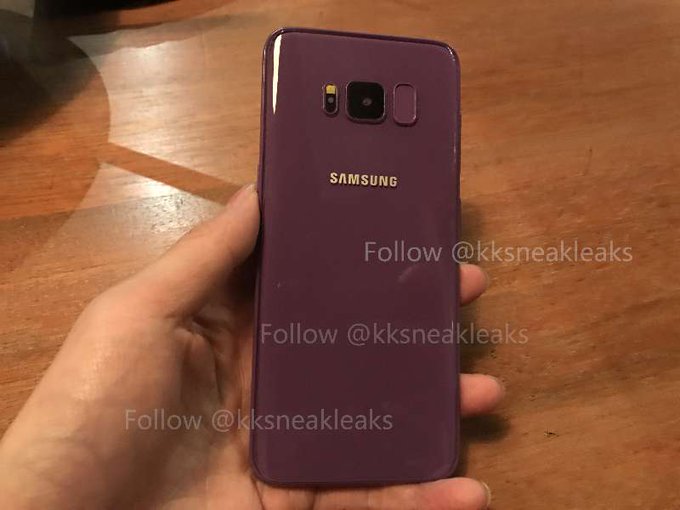
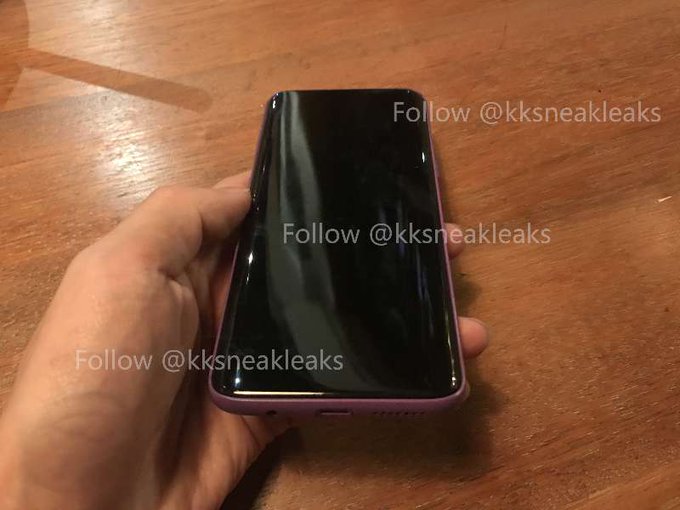
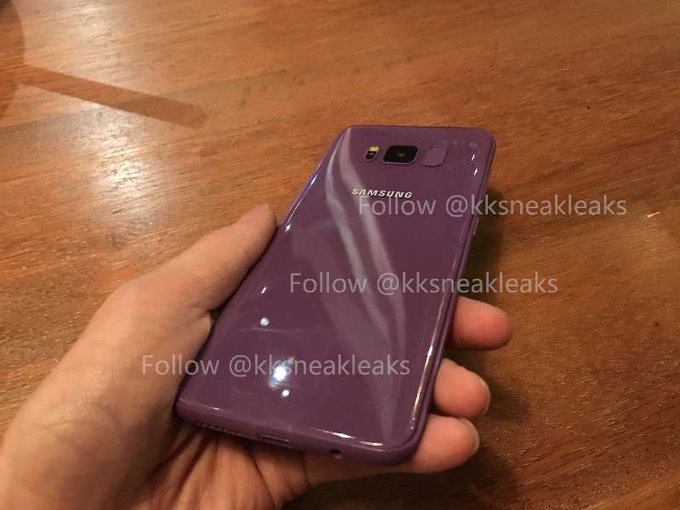
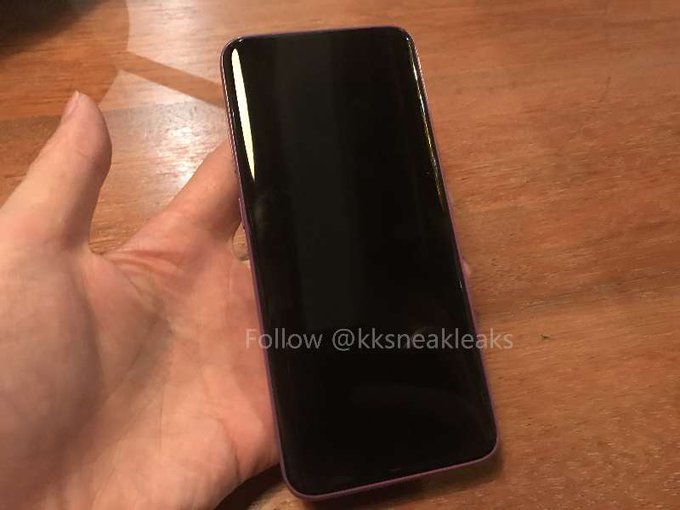



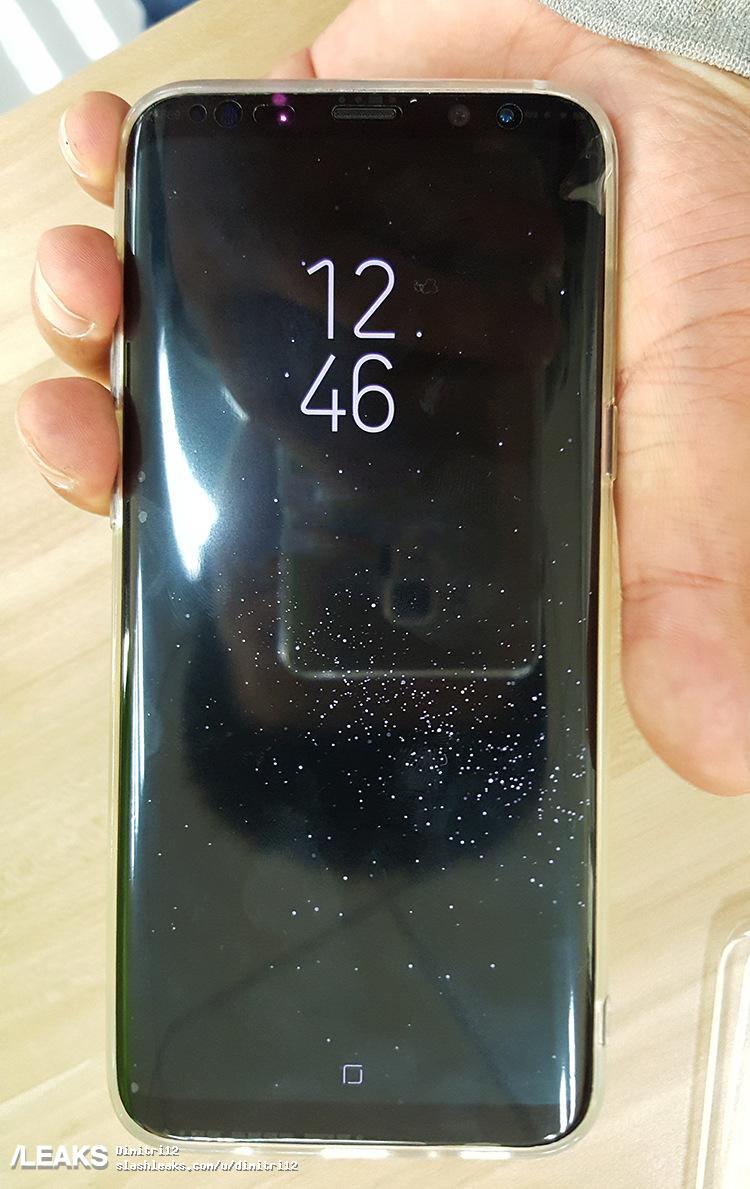




Keine Kommentare:
Kommentar veröffentlichen